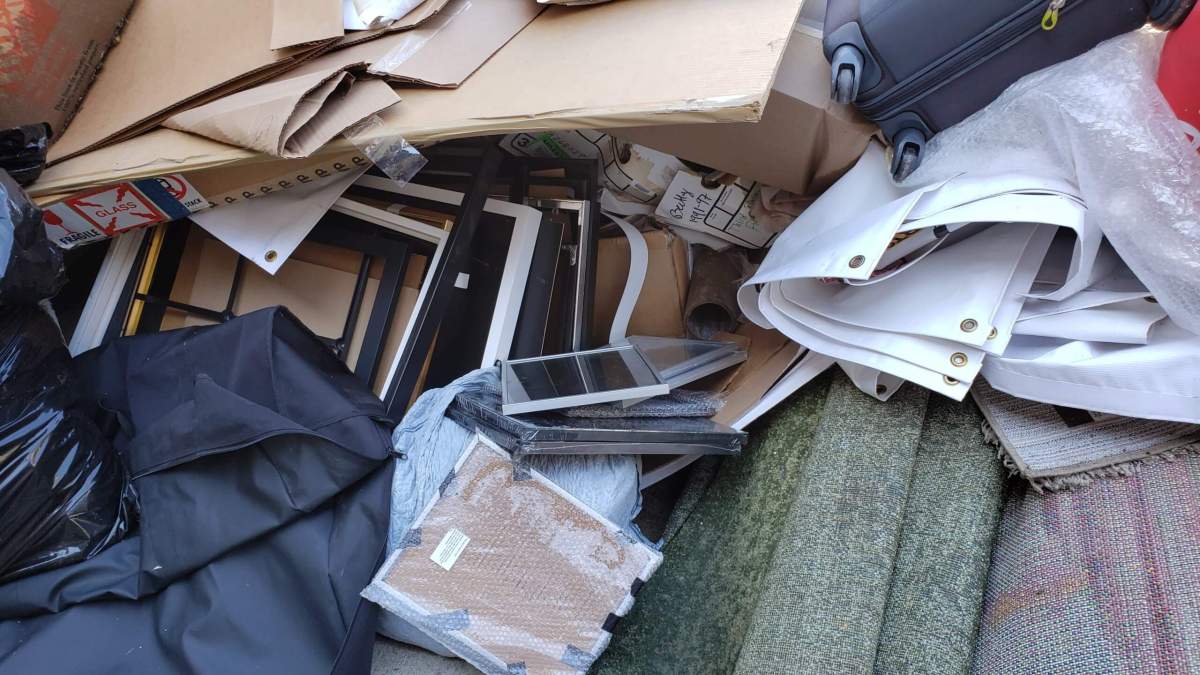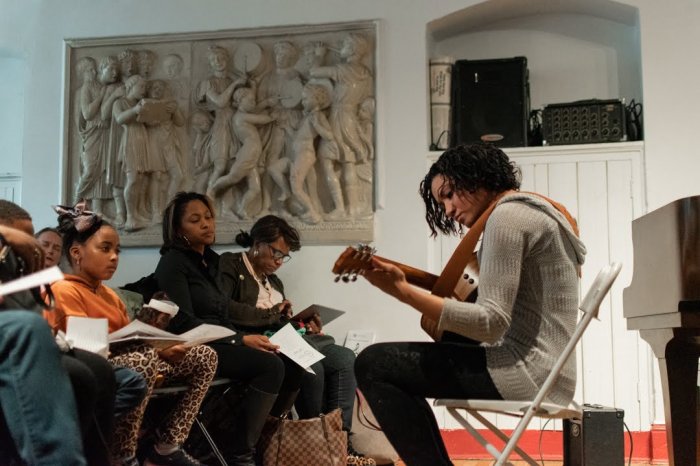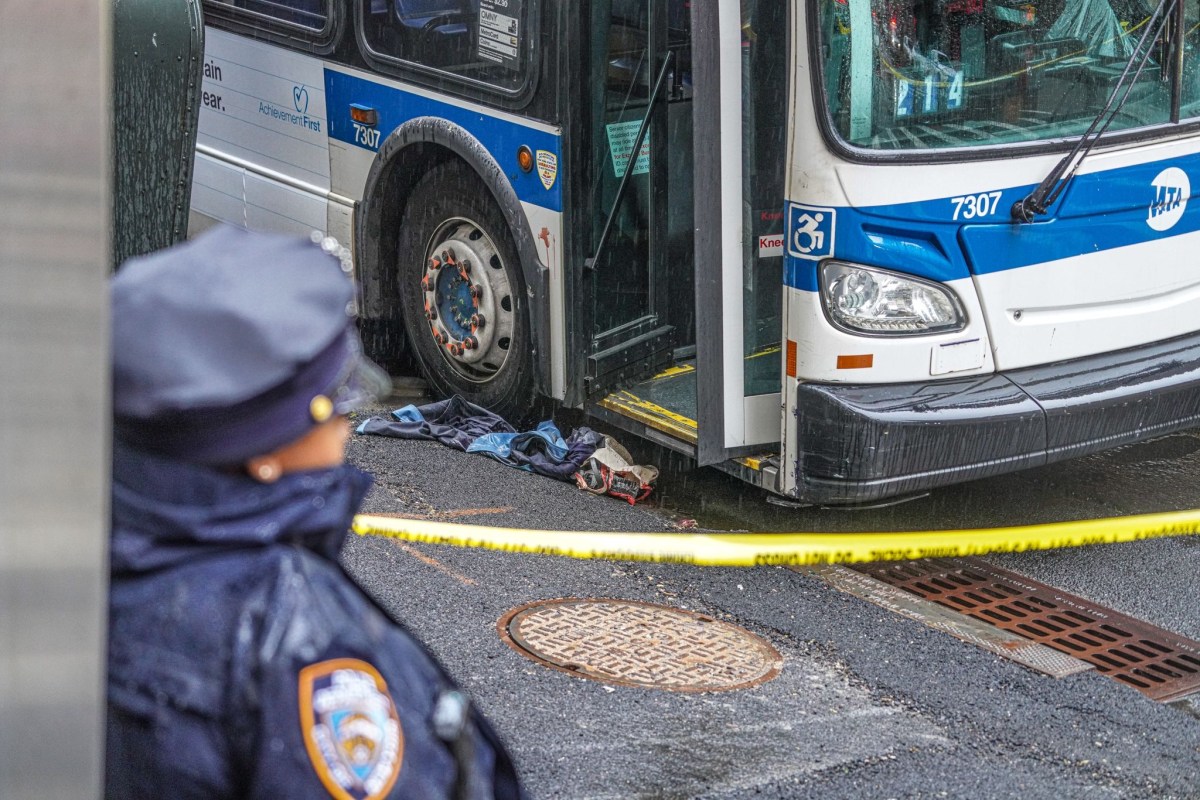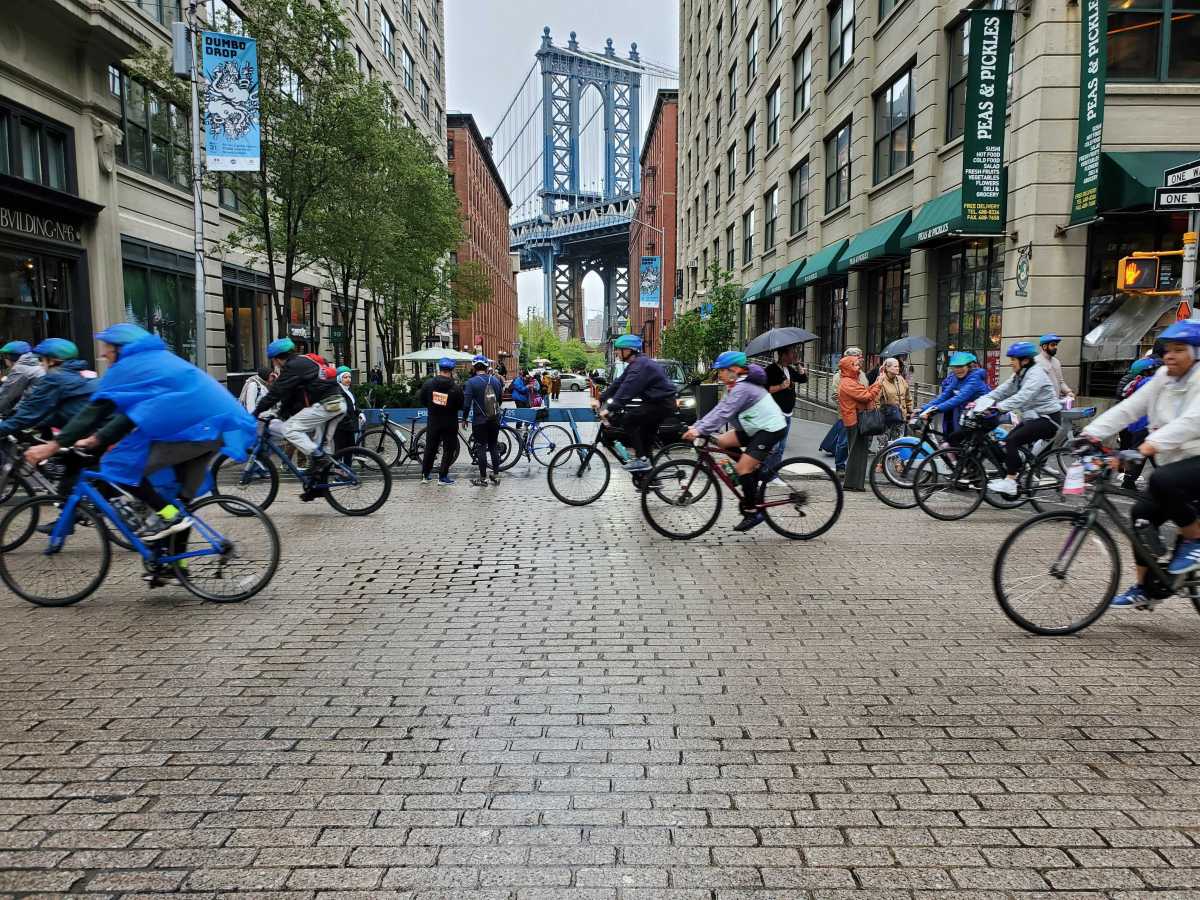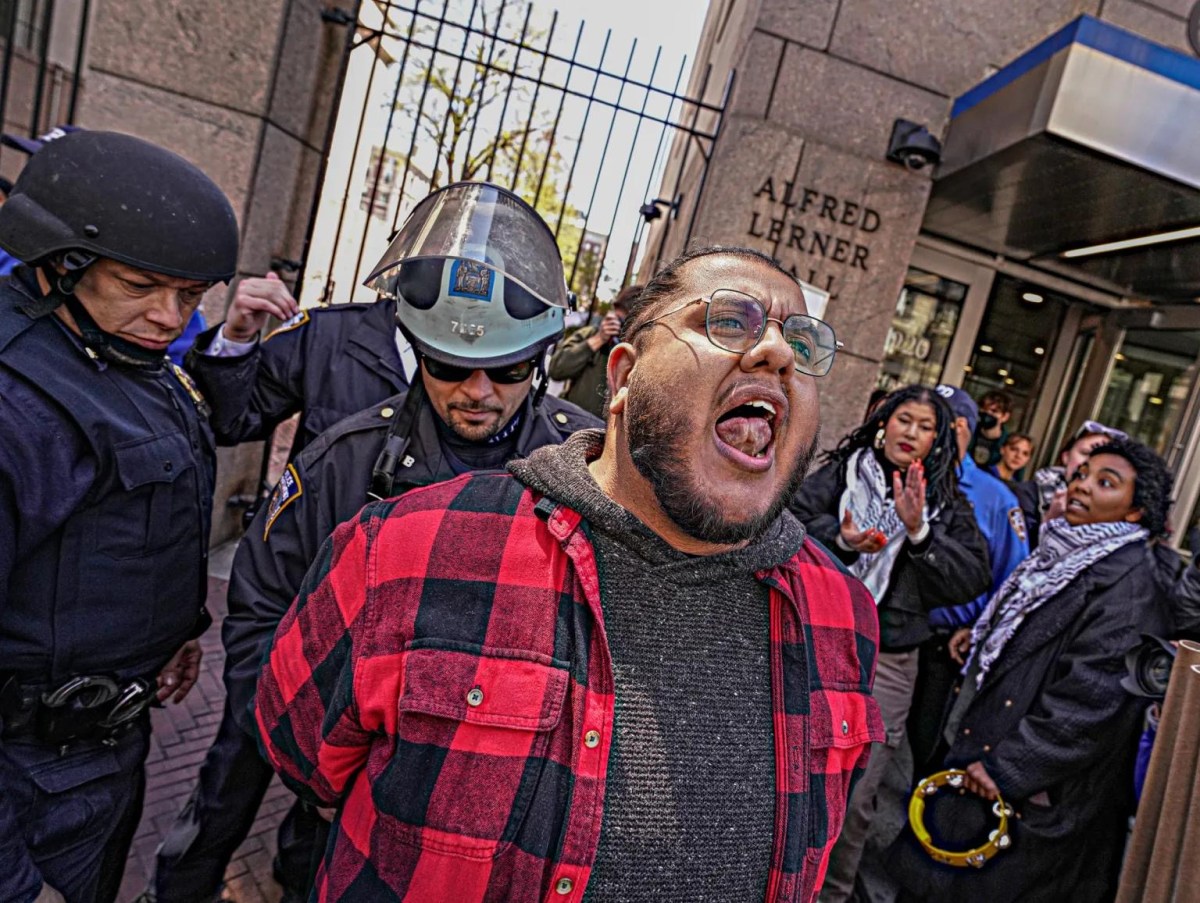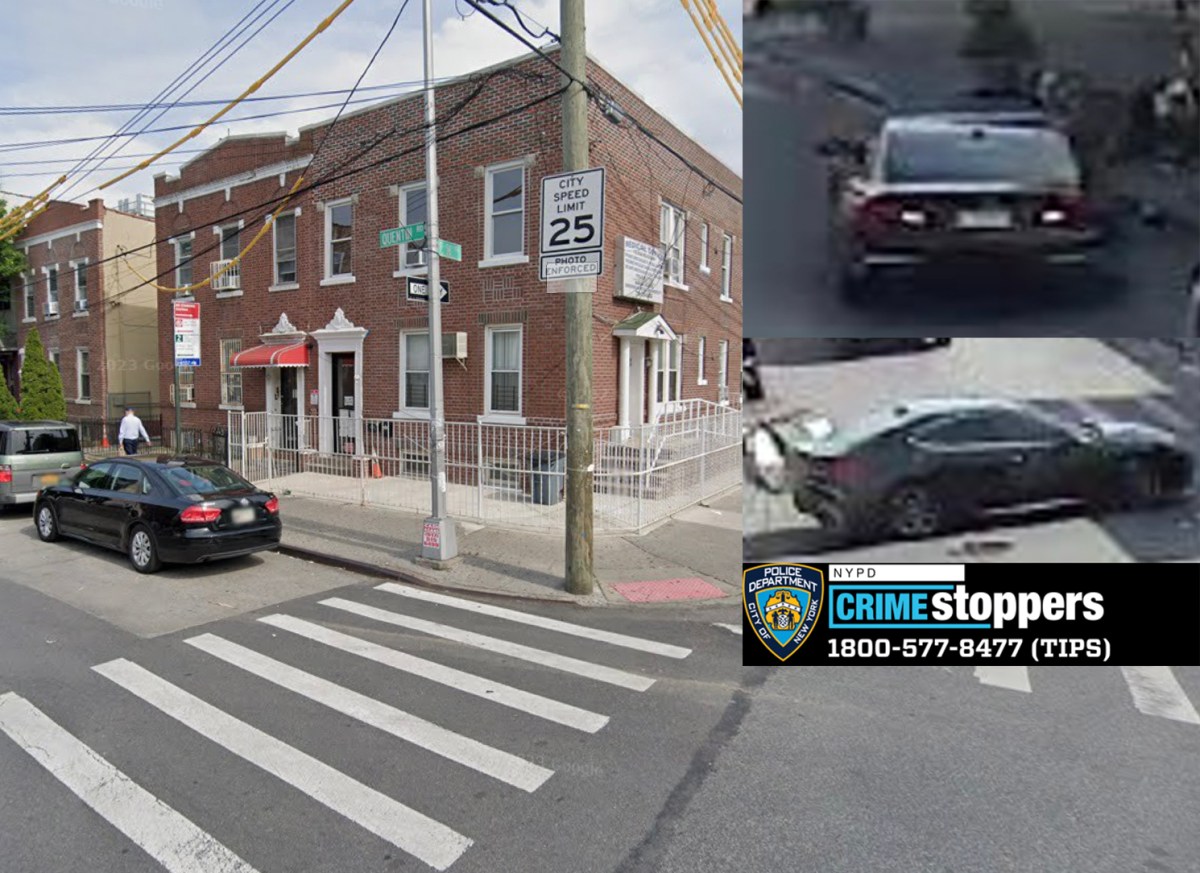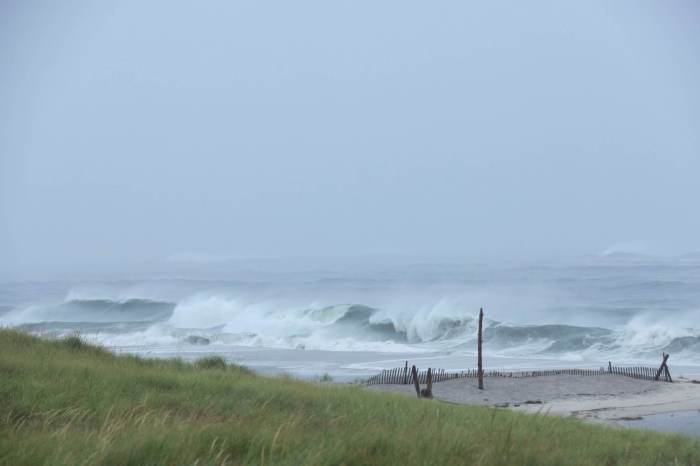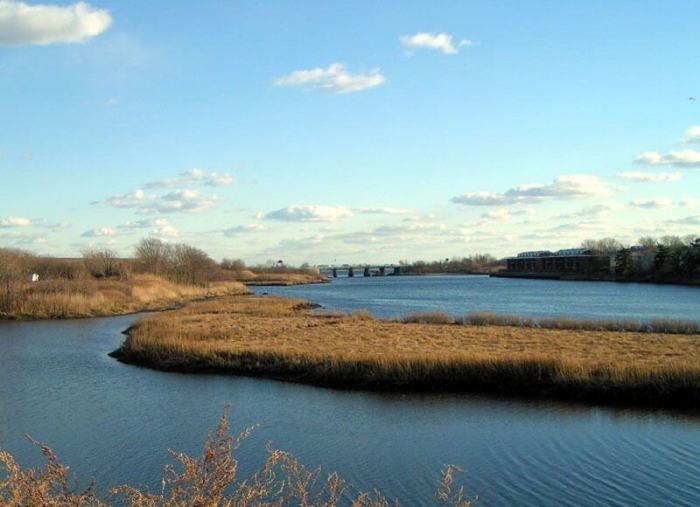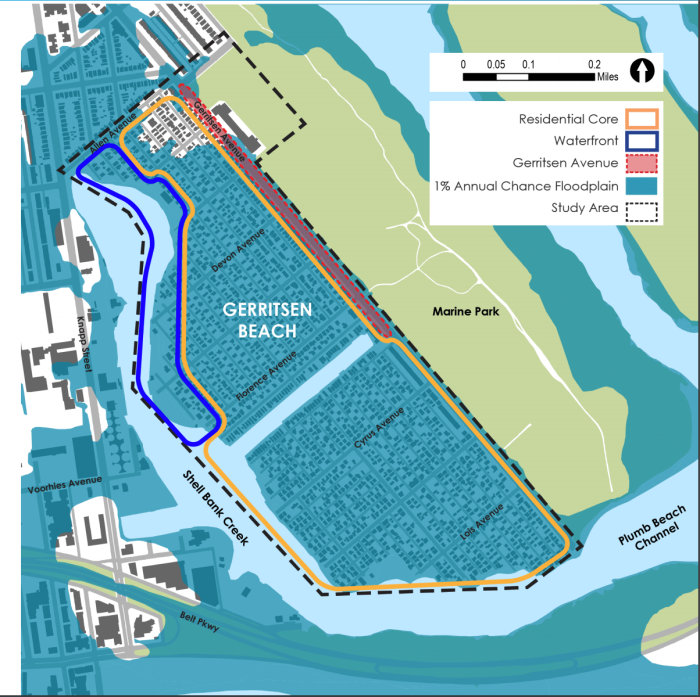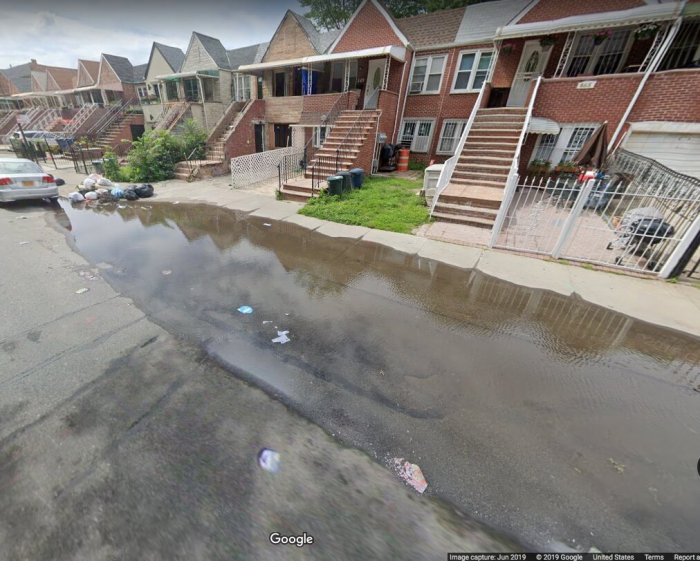Would-be Basquiats at the non-profit Arts Gowanus are digging through piles of wet paper, canvas, and clay as they struggle to clear out their flooded studios that sustained massive water damage during Wednesday’s historic downpour.
The artistic organization houses studios for 35 local working craftsmen based in a basement office on President Street near Third Avenue, just blocks from the Gowanus Canal — making the low-lying space ripe for destruction during the flood.
“I still haven’t talked to everyone, but for the few people who were there all day cleaning out their studios, it was pretty devastating,” said Johnny Thornton, executive director of Arts Gowanus. “It was really emotional and hard to see people throw away their work.”
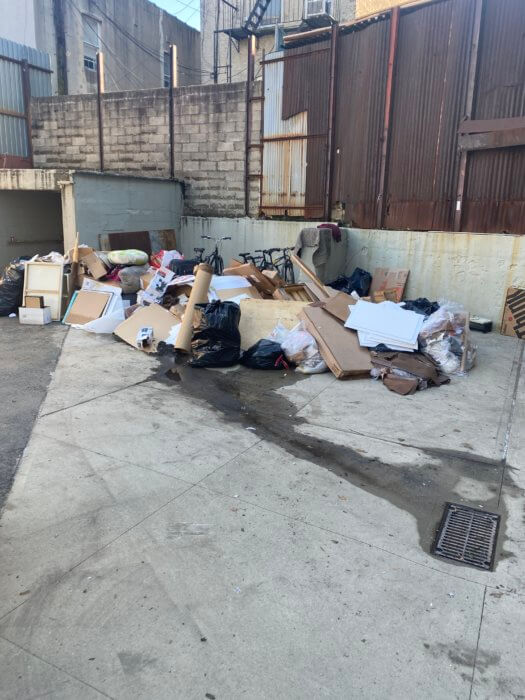
The Gowanus Arts team began the night worry-free about the space, as it had never flooded before, Thornton said. His lack of concern, however, ended abruptly at around 2:30 am, when he woke up to frantic emails from the management company telling him that the office was flooding.
The anguished artisans estimate that around eight inches of water poured into the basement that night.
“Luckily the building management was there and they were trying to take as much off the floor as they can, they were trying to be as proactive as they can,” he said. “But it was a losing battle.”
Thornton wasn’t able to get back in the building until the following afternoon, after management had made sure it was safe for people to enter, he said.
“The pictures were shocking, but going in there and everything’s wet, everything’s ruined,” he said. “This is hard because it’s people’s livelihoods, it’s their business. Artists are entrepreneurs. One of the artists in the basement studios, she’s been a Gowanus artist for so many years, she estimates almost $100,000 of her work — she lost almost everything.”
Artists will likely be tossing supplies as well as their finished artwork — paper, wooden frames, and other materials are likely ruined. Most anything that can absorb water should be tossed as it’s unlikely to dry and can grow mold, and floodwaters are likely contaminated with sewage.
“It’s Gowanus rain overflow, so anything the water touches you don’t really want — it’s pretty gross water,” Thornton said.
As the cleanup continues, Thornton said he wasn’t sure what the next steps would be for the artists dealing with so much loss. The management company stressed the importance of documenting everything, he said, taking photos of damage and what is being tossed out, but he doesn’t think most individual artists have insurance to cover their losses.
“I think a lot of times artists are used to taking these kind of hits,” he said. “Being an artist, especially in Brooklyn, is really difficult. It’s really difficult and hard to sort of navigate, and a lot of times it’s not very profitable at all.”
Artists are often priced out of the neighborhoods they work in and are forced to move elsewhere, further destabilizing an already precarious career, according to Thornton said.
Last year, Arts Gowanus was nearly forced to move out of their location when Spaceworks, the non-profit who had been leasing affordable studio space, announced they would be closing. In the eleventh hour, the organization was able to strike a deal with the landlord and stay in the space.
“We’re here for a reason, because we love the community,” he said. “We work hard to maintain our foothold in the community. And so I’m hopeful that this isn’t the last straw for anyone, but you never know. Because it’s just one more thing.”
The next steps aren’t quite clear, but Thornton remains encouraged by the community’s response to the news.
“The people who weren’t as affected, and luckily didn’t have a lot of stuff on the floor were helping out other artists, it was actually a really special day,” he said. “A lot of the community came out to help. The amount of contacts we got, my inbox is chock-full today. It’s a testament to how important art is to the community.”
There will likely be bureaucratic headaches as the organization moves forward — most of what was ruined in the office itself was paperwork and promotional materials for the ArtWorks, the organization’s annual fundraising drive, and the return of Gowanus Open Studios, when artists open their doors to the neighborhood for a weekend in October.
Thornton, a photorealistic painter, lost a handful of paintings that were stored on the floor of the office. The organization had also been gathering pieces artists were donating for ArtWorks — most, he said, luckily stored on high shelves and saved from the flood.
“I think a lot of times artists aren’t always recognized as small businesses,” he said. “But every single one of these studios represents someone’s livelihood, someone’s small business that can get devastated by something like this. Some of the artists who lost stuff, it will take years to get back, to be made whole.”
Donations to Arts Gowanus can be made on their website.


